'No' means 'try again,' and that's reasonable
Patrick McIlheran
Milwaukee Journal Sentinel Think of "no" as a conversation starter. The discussion's over in New Richmond, near the Twin Cities, where voters agreed to borrow $93 million for new schools. Same in Mukwonago, where voters let the school district overrun its revenue caps by around $9 million: The deals closed. In Brookfield and Elm Grove, it's negotiation time. Jon Wolff, a leading critic of borrowing $108 million for one heck of a renovation on two high schools, said he was called by district leaders Wednesday morning. They're asking for help in finding a more palatable plan.
Think of "no" as a conversation starter. The discussion's over in New Richmond, near the Twin Cities, where voters agreed to borrow $93 million for new schools. Same in Mukwonago, where voters let the school district overrun its revenue caps by around $9 million: The deals closed. In Brookfield and Elm Grove, it's negotiation time. Jon Wolff, a leading critic of borrowing $108 million for one heck of a renovation on two high schools, said he was called by district leaders Wednesday morning. They're asking for help in finding a more palatable plan.
Read more @ Journal Sentinel Online.







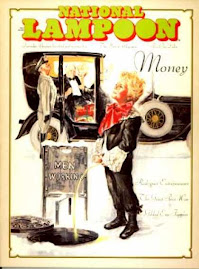


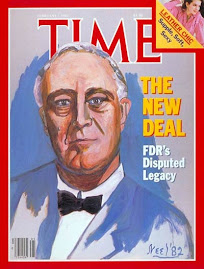


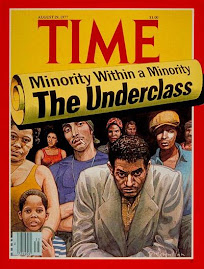


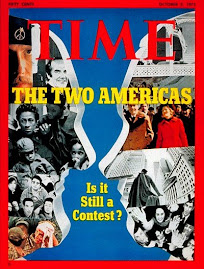
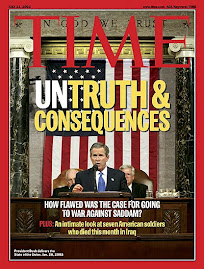


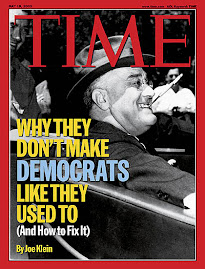
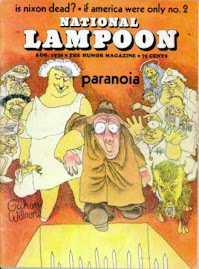
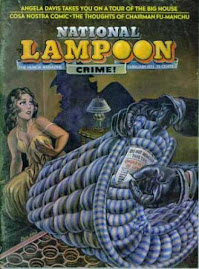




2 comments:
Mr. McIlheran sure got that thing right.
Never give up, because with referenda and other efforts to spend the taxpayer’s money, “No” votes are not the end of the discussion, but only an encouragement to keep trying and perhaps to change the approach. Be persistent, tenacious, relentless, single-minded. Monomaniacal, even. Just keep the conversation going until the end. What end, you ask? Why a Yes vote, of course.
Because unlike No votes, only one Yes vote is needed to spend $93 Million. And unlike disgruntled Yes voters who come out short on a vote count, No voters have no recourse to another election to refine their strategies or re-pitch their arguments. Once one Yes vote occurs, it is, like Mr. McIlheran says, a done deal. Too bad if you think voters may have misunderstood the implications. Too bad if the projections for community or student growth do not materialize. Too bad if the tax impact may have been understated. The fact is, a Yes vote is permanent. If things get rough financially, well, that’s just too bad. You still owe $93 Million, because construction is underway and those contractors – even the one who may have sold you the property – need to get paid.
So if there are other communities in Wisconsin who might be a bit more circumspect about going deeply into debt, give them a break. Perhaps they do need a better plan, one that provides some evidence of correlation between improved facilities and improved student performance. A plan that does not rely on risky assumptions of enrollment increases and tax-base expansions. And one that seeks to incorporate the concerns of all the voters who will be paying for it for the next twenty years.
Because a referendum gets voted down doesn't mean it's not needed. In the case of New richmond, two years ago the referendum got voted down because of a last minute issue with the property being too close to the airport and a lack of preparation in planning for the referendum.
Times change, presentations change, presenters changes and the facts come out. That seems to have happened in New Richmond.
Concerning the "too bads," you are correct that it will be too bad it those things don't materialize. It's a chance that a majority of votes decided to take. Past performance doesn't predict future results. However, over the past 30 years, population growth predictions made by the state, county, regional planning commission and school district have consistantly been low.
We've had record growth in the New Richmond area over the past 8-10 years and houses continue to be build in and around New Richmond. A new bridge in Stillwater will only increase the growth potential. Time will tell if New Richmond made the correct decision. The people have spoken and the future financial burden will be theirs to pay for.
Post a Comment